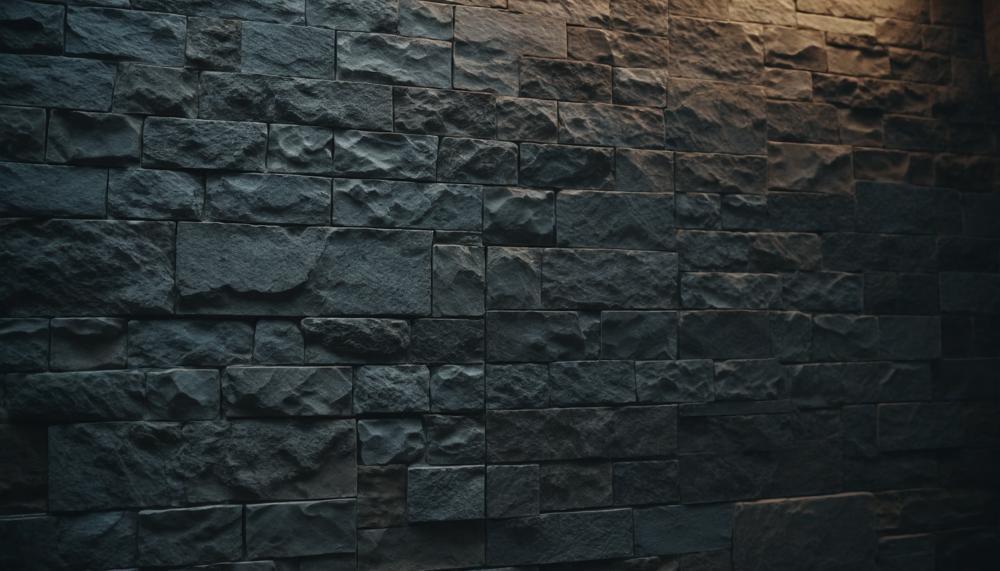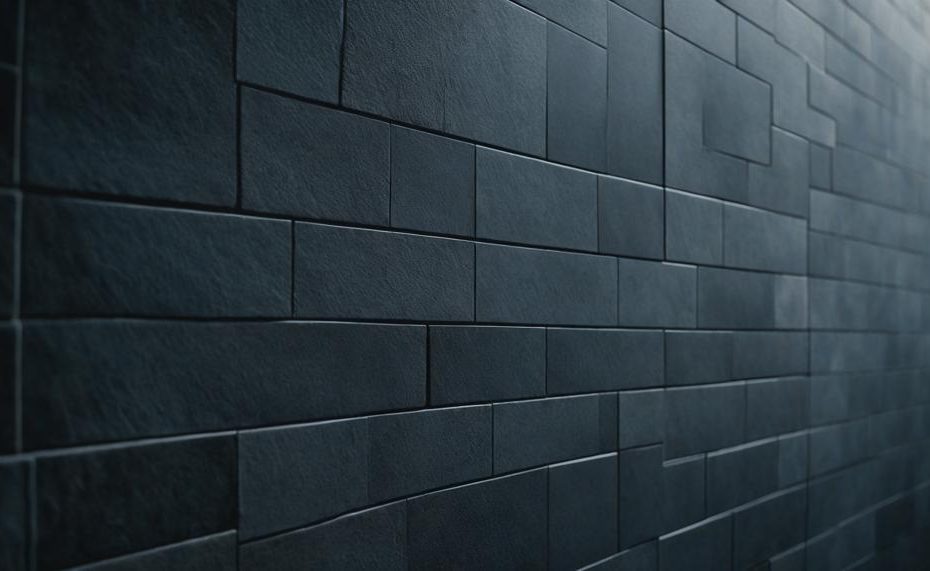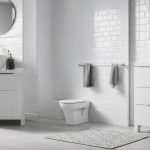Yes, you can tile a wall as high as you want in one day, but for optimal results, aim for 34 to 54 inches.
Tiling a wall in a single day sounds ambitious, but with the right approach, it’s achievable. Whether you’re sprucing up a kitchen backsplash or tackling a bathroom remodel, understanding the limits and techniques can save you time and frustration.
The sweet spot for height lies between 34 and 54 inches, which ensures a neat, stable, and professional finish. While it’s technically possible to go higher, sticking to this range allows the tiles to set properly, ensuring longevity and stability. Here’s a quick rundown to keep your tiling project on track:
- Optimal Height: Aim for 34″ to 54″ for best results.
- Working Method: Tile in rows of 2-3 to maintain consistency.
- Tools Needed: High-quality tile spacers and a well-prepped surface.
- Time Frame: Complete the tiling process over 2-3 days for shower walls.
These guidelines will not only streamline your tiling process but also guarantee a professional finish that lasts.
Contents
The Basics Of Tiling
The essential tools and materials needed for tiling a wall contribute significantly to the efficiency and quality of the tiling process. Here’s a detailed breakdown of what you’ll need and how each item plays a crucial role:
| Tools/Materials | Description | Contribution to Efficiency |
| Measuring Tape and Pencil | Used for marking precise measurements on the wall where tiles will be placed. | Ensures accurate placement and alignment, reducing errors and wastage. |
| Tile Cutter or Wet Saw | Tools for cutting tiles to fit around edges and corners. | Provides clean, precise cuts, allowing for a professional finish and minimizing material loss. |
| Adhesive (Thinset) | Cement-based adhesive used to bond tiles to the wall surface. | Ensures strong and durable adhesion, maintaining tile integrity over time. |
| Notched Trowel | Used to spread and even out the adhesive on the wall surface. | Ensures consistent adhesive thickness, promoting better tile adhesion and alignment. |
| Paddle Bit or Mixer | Attachment for mixing the adhesive thoroughly. | Provides a smooth, lump-free adhesive mixture, enhancing bonding efficiency. |
| Tile Spacers | Small plastic pieces used to evenly space tiles. | Guarantees uniform gaps between tiles, making grouting easier and more consistent. |
| Grout | Material used to fill the gaps between tiles. | Seals the spaces, prevents moisture ingress, and adds a finished look. |
| Grout Float | Tool used to spread grout into the spaces between tiles. | Allows even distribution and filling of grout, ensuring a smooth finish. |
| Sponge | Used for cleaning excess grout from the tile surfaces. | Ensures clean, polished tiles by removing excess grout efficiently. |

These tools and materials not only ensure precise measurements and cuts but also promote proper adhesion and even spacing of tiles, leading to a professional and durable finish.
How Many Rows Of Tiles Should You Tile At A Time?
The recommended number of rows of tiles to tile at a time for optimal efficiency when tiling a wall in one day is two to three rows. This approach ensures the adhesive has adequate time to start setting, which helps maintain the alignment and integrity of the tiles.
This method is crucial for a few reasons:
- Adhesive Setting: Allowing the adhesive to begin setting after laying two to three rows helps prevent the tiles from slipping or moving out of place.
- Alignment: Maintaining straight lines and proper spacing is easier when working with a smaller section at a time.
- Corrections: Smaller sections allow for quicker adjustments if tiles are misaligned or if there are any errors.
Other Tiling Tips
| Tips | Description | Benefits |
| Proper Planning and Preparation | Measure accurately, buy enough materials, plan layout. | Prevents delays and mistakes. |
| Use the Right Tools | Invest in quality tiling tools. | Avoids mistakes, speeds up process. |
| Start from the Middle | Tile from centre to edges. | Even spacing, centred alignment. |
| Work in Sections | Tackle small sections at a time. | Better control and precision. |
| Clean and Organized Workspace | Keep tools and materials handy, clutter-free area. | Prevents accidents, enhances efficiency. |
| Use Adhesive Wisely | Follow instructions, avoid excess adhesive. | Proper adhesion, reduces drying time. |
| Use Tile Spacers | Ensure even spacing and alignment. | Professional finish, less readjustment. |
| Plan for Drying Time | Allow adhesive to dry completely. | Prevents delays, ensures strong adhesion. |
| Use a Level | Ensure straight, even tiles. | Avoids lippage, saves time. |
| Seek Professional Help | Consult experts if unsure. | Saves time, prevents costly mistakes. |
Conclusion
Tiling a wall in a day can indeed be accomplished with precision and skill. The ideal height for such a project ranges from 34 to 54 inches, striking a balance between efficiency and the proper setting of tiles. While ambitious projects can exceed this height, adhering to the recommended range ensures stability and durability.
To achieve a professional finish, focus on working in rows of 2-3 tiles at a time. This method maintains consistency and prevents alignment issues. Essential tools include high-quality tile spacers, a measuring tape, a notched trowel, and a tile cutter or wet saw. Proper surface preparation and the use of a well-mixed adhesive are critical for a successful outcome.
Completing the tiling process over 2-3 days, especially for shower walls, allows the adhesive to cure properly, avoiding common pitfalls such as tile slippage or uneven surfaces.





